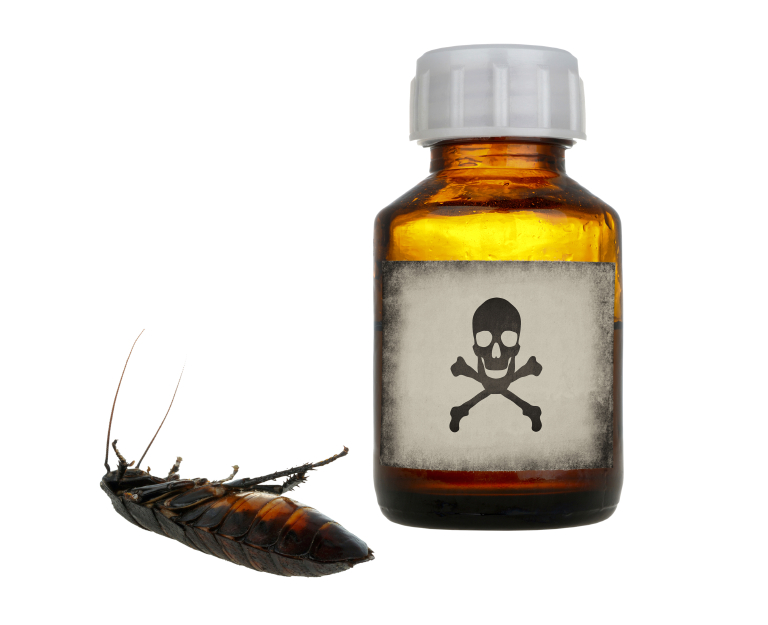
|
The EPA estimates that 10,000 to 20,000 workers are diagnosed with pesticide poisoning every year. Although most of these cases arise from agricultural application of pesticides, groundskeepers and bystanders are also at risk.
Engineering Controls
Engineering controls—such as the use of proper application equipment—can prevent or minimize pesticide exposures to workers. Pay attention to:
Droplet size. The size of a droplet emitted from a spray nozzle, for example, will determine how long the pesticide hangs in the air—and how likely it is to drift from where it is being applied to adjacent areas.
Target area. Sprayers should be adjusted to strike their targets effectively and to avoid spraying areas that are not targeted, like sidewalks.
[Free Whitepaper Download] Hazardous Location Ratings—Breaking Down the Facts. Break down the ratings so you can decide what equipment will be safe in your environment! Download now!
Administrative Controls
Administrative controls for pesticide exposures include:
- Bystander protection. Pesticides should not be applied when people who are not directly involved in the application process may be exposed, or when non-targeted properties could be contaminated in a way that would prevent their normal use.
- Notification. The individual applying the pesticide must notify the property owner or operator of the application in advance, and the property owner or operator must notify any employees who would be affected. This might not necessarily affect your in-house groundskeepers, but it might apply if you have a contracted groundskeeping service—they should notify you when they’re coming, and you should notify affected employees.
- Reentry. People should be warned to avoid treated areas until a safety interval (these are chemical-specific) has passed.
Personal Protective Equipment
Workers who directly handle pesticides or who enter treated areas during the restricted entry period following application must wear appropriate personal protective equipment. Appropriate equipment is listed on the pesticide label.
Sometimes electrical equipment must be installed in areas where combustible vapors and gases are used or may be present. When equipment must be installed in these locations, there are strict requirements for the construction of the installation, including materials and design requirements. Learn what those requirements are and break them down in this FREE whitepaper download: Hazardous Locations Ratings!
Signs and Symptoms of Pesticide Poisoning
Workers who apply pesticides should be aware of poisoning symptoms. Symptoms of acute pesticide poisoning are nonspecific—they can occur with other illnesses or diseases—and are therefore easy to attribute to other causes. However, pesticide poisoning should be suspected when workers with potential exposure complain of any of the following symptoms, and no other explanation is more likely:
- Headache
- Eye irritation or pain
- Nausea and vomiting
- Irritation of the nose or throat
- Dizziness
- Itching, skin irritation, or rash
- Flushed skin
Most acute pesticide poisoning cases are mild and resolve on their own, although one-third of victims are off the job for at least a full day. About 1 percent of occupational pesticide illnesses are severe enough to be life-threatening.
Tomorrow, we’ll look at one more hazard groundskeepers face: stinging insects.
